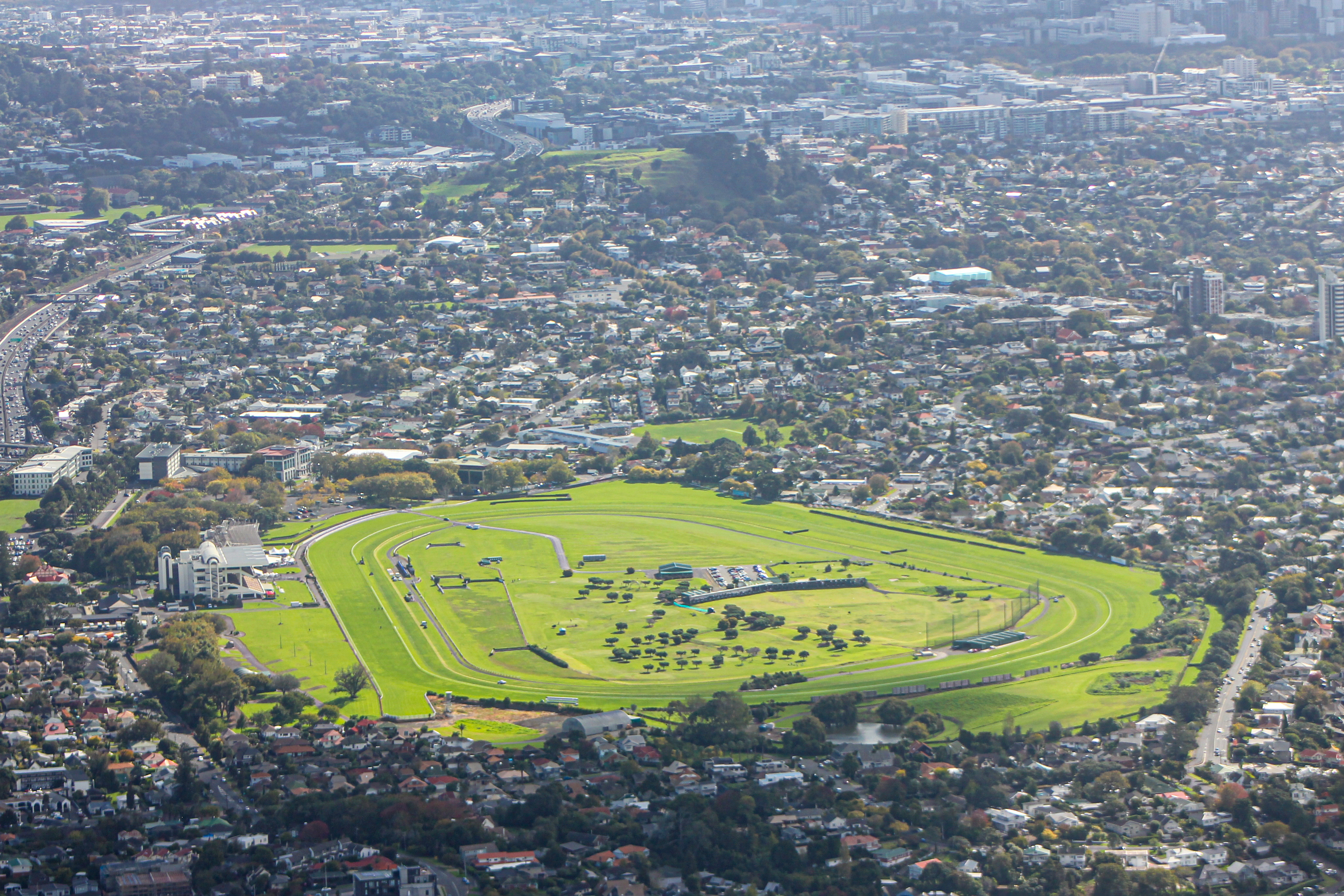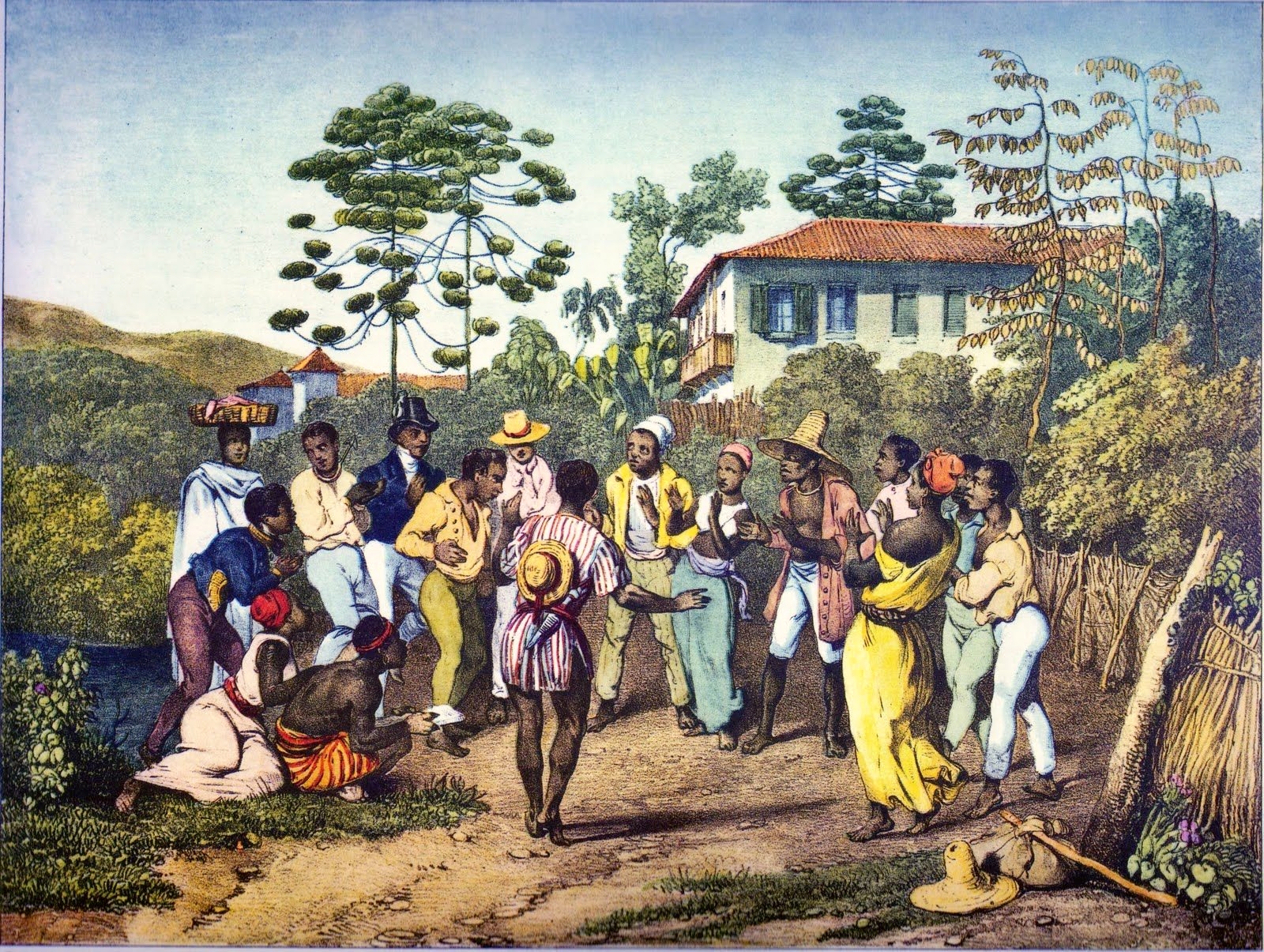|
How Bizarre
"How Bizarre" is a song written and performed by New Zealand musical group OMC. It was released in December 1995 by Huh! and Polydor Records as the lead single from their only album, '' How Bizarre'' (1996). It was both written and produced by lead singer of OMC, Pauly Fuemana with Alan Jansson, and went on to top the charts of five countries: Australia, Austria, Canada, Ireland and New Zealand. In the United States, the song peaked at number four on the ''Billboard'' Hot 100 Airplay chart. Lee Baker directed its accompanying music video featuring the group in a Chevrolet Impala. "How Bizarre" won the award for "Single of the Year" at the 1996 New Zealand Music Awards. Outside New Zealand, OMC is generally considered a one-hit wonder; they had a further few successful singles in New Zealand, including " On the Run" and "Land of Plenty". In 2017, ''Billboard'' magazine ranked "How Bizarre" among "The 100 Greatest Pop Songs of 1997". Critical reception Upon the song's release, R ... [...More Info...] [...Related Items...] OR: [Wikipedia] [Google] [Baidu] |
OMC (band)
OMC, or Otara Millionaires Club, were a New Zealand music group, then duo, with vocalist Pauly Fuemana later becoming the sole member. OMC was best known for the 1996 hit " How Bizarre", named one of the greatest New Zealander songs of all time by the Australasian Performing Right Association. The full name of the band is a tongue-in-cheek reference to Ōtara's status as one of the poorest suburbs of Auckland. Career Origin (1992–1995) The Otara Millionaires Club was formed in 1992 by Phil Fuemana, who had played in the bands Houseparty and Fuemana. Fuemana and his younger brother Pauly Fuemana recorded two tracks as the new band for producer Alan Jansson's Urban Pacifica collection '' Proud: An Urban-Pacific Streetsoul Compilation''. Jansson had achieved cult status as composer/producer for the synthpop group Body Electric during the early 1980s. In 1994, after the split of the Otara Millionaires Club, Pauly approached Jansson and the two formed a musical partnership, wi ... [...More Info...] [...Related Items...] OR: [Wikipedia] [Google] [Baidu] |
Music & Media
''Music & Media'' was a pan-European magazine for radio, music and entertainment. It was published for the first time in 1984 as ''Eurotipsheet'', but in 1986 it changed name to ''Music & Media''. It was originally based in Amsterdam, but later moved to London. The magazine focused specifically on radio, TV, music, charts and related areas of entertainment such as music festivals and events. ''Music & Media'' ceased publication in August 2003. ''Music & Media'' was the sister publication of '' Billboard'' magazine. Record charts Main charts * European Top 100 Albums (sales) * European Hot 100 Singles (sales) *European Airplay Top 50 (airplay) (previously called European Hit Radio Top 40) *European Border Breakers (airplay of European songs breaking out of their country of signing) *Top 10 Sales in Europe - top 10 singles and albums charts for sixteen European countries: the United Kingdom, Germany, France, Italy, Spain, Holland, Belgium, Sweden, Denmark, Norway, Finland, Ireland, ... [...More Info...] [...Related Items...] OR: [Wikipedia] [Google] [Baidu] |
TVNZ
Television New Zealand (, "Te Reo Tātaki" meaning "The Leading Voice"), more commonly referred to as TVNZ, is a New Zealand state-owned media company and Crown entity. The company operates a television network, streaming service, and news service that is available throughout New Zealand and parts of the Pacific region. All of its currently-operating channels are free-to-air and funded through advertising. TVNZ was established in February 1980 following the merger of the two government-owned television networks, Television One (now TVNZ 1) and South Pacific Television (now TVNZ 2), under a single administration. It was the sole television broadcaster in New Zealand until November 1989 when private channel TV3 (now Three) was launched. TVNZ operates playout services from its Auckland studio via Kordia's fibre and microwave network for TVNZ 1, TVNZ 2 and TVNZ Duke, with new media video services via the American-owned Brightcove which is streamed on the Akamai RTMP/ ... [...More Info...] [...Related Items...] OR: [Wikipedia] [Google] [Baidu] |
One News (New Zealand)
1News is the news service of the New Zealand television network TVNZ. Its flagship programme is the daily evening newscast ''1News at Six''; other programmes include morning news-talk show ''Breakfast'', '' Te Karere'', '' Seven Sharp'', and Sunday morning political affairs program '' Q+A''. TVNZ also operates a news website and app, 1News.co.nz. TVNZ's Chief News and Content Officer, Nadia Tolich, was appointed in April 2025. Broadcast from its Auckland studios, 1News' nightly 6pm bulletin is usually New Zealand's most-watched television programme and seen as influential. TVNZ operates bureaus in Auckland, Wellington and Christchurch and has foreign correspondents based in Australia, Europe and the United States. History Television news in New Zealand started in 1960 with the introduction of television. These bulletins were broadcast from New Zealand's four main cities (Auckland, Wellington, Christchurch and Dunedin) operating independently of each other due to technical ... [...More Info...] [...Related Items...] OR: [Wikipedia] [Google] [Baidu] |
NZ On Air
NZ On Air (NZOA; ), formally the Broadcasting Commission, is an Crown entity, autonomous Crown entity and commission of the New Zealand Government responsible for providing funding for broadcasting and creative works. The commission operates largely separate from government policy but must follow directions from the Minister of Broadcasting, Communications and Digital Media, Minister of Broadcasting. NZOA is responsible for the funding of public broadcasting content across television, radio and other media platforms. It is also a major investor in New Zealand independent producers. NZ On Air is the operating name of the Broadcasting Commission formed in the Broadcasting Act 1989 alongside the Broadcasting Standards Authority, meant to encourage individuals to pay the historical Television licence, Broadcasting Fee that funded public broadcasters. In 1999 the Broadcasting Fee was abolished, and NZOA now receives funding directly from the Ministry for Culture and Heritage. Acti ... [...More Info...] [...Related Items...] OR: [Wikipedia] [Google] [Baidu] |
Ellerslie Racecourse
Ellerslie Racecourse is the main racecourse in Auckland, New Zealand, for thoroughbred racehorses. It is an undulating, grass circuit in the suburb of Ellerslie, New Zealand, Ellerslie, with a circumference of just under 1,900 metres. Racing is conducted in a clockwise (right-handed) direction. History Horses have raced at Ellerslie since 1857 when Robert Graham hosted a race meeting on his property, on the site which is now Ellerslie Racecourse. The Auckland Racing club then purchased thirty-six hectares of land from Graham in 1872 on which the course is situated. The first race meeting of the Auckland Racing Club was held at Ellerslie on 25 May 1874. At this time the racecourse was a considerable distance outside the city and it took Aucklanders up to several hours to get to the course by carriage. A "platform" station, Ellerslie Racecourse Platform was opened in January 1874. Many went by train, although with the demand created by the event, as late as in 1910 they of ... [...More Info...] [...Related Items...] OR: [Wikipedia] [Google] [Baidu] |
Ponsonby, New Zealand
Ponsonby () is an inner-city suburb of Auckland located 2 km west of the Auckland CBD. The suburb is oriented along a ridge running north–south, which is followed by the main street of the suburb, Ponsonby Road. Ponsonby was originally a working-class neighbourhood until going through a period gentrification that saw upper-middle class residents move to the area starting in the 1970s. Three Lamps is an area of Ponsonby located at the intersection of Ponsonby Road, College Hill, and St Marys Road. This name is derived from a 19th-century Lamppost. Etymology The area now referred to as Three Lamps was originally called Dedwood in 1845,Ponsonby Heritage Walks – Mace, Tania; Ponsonby Road Promotions & |
Radio Songs (chart)
The Radio Songs chart (previously named Hot 100 Airplay until 2014 and Top 40 Radio Monitor until July 1993) is released weekly by ''Billboard'' magazine and measures the airplay of songs being played on radio stations throughout the United States across all musical genres. It is one of the three components, along with sales (both physical and the digital) and streaming activity, that determine the chart positions of songs on the ''Billboard'' Hot 100. History Radio airplay has always been one of the component charts of the Hot 100. Prior to the establishment of the Hot 100, ''Billboard'' published a radio airplay chart, a singles sales chart and a jukebox play chart, the last of which was discontinued in 1959 as jukeboxes lost their popularity. During the 1960s and 1970s, ''Billboard'' continued to collect airplay data as a component of the Hot 100 but did not make the chart public. The airplay-only chart debuted as a 30-position chart on October 20, 1984, and was expanded to 4 ... [...More Info...] [...Related Items...] OR: [Wikipedia] [Google] [Baidu] |
Pop Airplay
Pop Airplay (also called Mainstream Top 40, Pop Songs, and Top 40/ CHR) is a 40-song music chart published weekly by ''Billboard'' Magazine that ranks the most popular songs of pop music being played on a panel of Top 40 radio stations in the United States. The rankings are based on radio airplay detections as measured by Nielsen Broadcast Data Systems (Nielsen BDS), a subsidiary of the U.S.' leading marketing research company. Consumer researchers, Nielsen Audio (formerly ''Arbitron''), refers to the format as contemporary hit radio (CHR). The current number-one song on the chart is "Anxiety" by Doechii. History The chart debuted in ''Billboard'' Magazine in its issued date October 3, 1992, with the introduction of two Top 40 airplay charts, Mainstream and Rhythm-Crossover. Both Top 40 charts measured "actual monitored airplay" from data compiled by Broadcast Data Systems (BDS). The Top 40/Mainstream chart was compiled from airplay on radio stations playing a wide variety of ... [...More Info...] [...Related Items...] OR: [Wikipedia] [Google] [Baidu] |
Billboard Hot 100
The ''Billboard'' Hot 100, also known as simply the Hot 100, is the music industry standard record chart in the United States for songs, published weekly by '' Billboard'' magazine. Chart rankings are based on sales (physical and digital), online streaming, and radio airplay in the U.S. A new chart is compiled and released online to the public by ''Billboard''s website on Tuesdays but post-dated to the following Saturday, when the printed magazine first reaches newsstands. The weekly tracking period for sales is currently Friday–Thursday, after being changed in July 2015. It was initially Monday–Sunday when Nielsen started tracking sales in 1991. This tracking period also applies to compiling online streaming data. Radio airplay is readily available on a real-time basis, unlike sales figures and streaming, but is also tracked on the same Friday–Thursday cycle, effective with the chart dated July 17, 2021. Previously, radio was tracked Monday–Sunday and, before Ju ... [...More Info...] [...Related Items...] OR: [Wikipedia] [Google] [Baidu] |
Samba
Samba () is a broad term for many of the rhythms that compose the better known Brazilian music genres that originated in the Afro-Brazilians, Afro Brazilian communities of Bahia in the late 19th century and early 20th century, It is a name or prefix used for several rhythmic variants, such as samba urbano carioca (''urban Carioca samba''), samba de roda (sometimes also called ''rural samba''), among many other forms of samba, mostly originated in the Rio de Janeiro (state), Rio de Janeiro and Bahia states. Having its roots in Brazilian mythology, Brazilian folk traditions, especially those linked to the primitive rural samba of the Colonial Brazil, colonial and Empire of Brazil, imperial periods, is considered one of the most important cultural phenomena in Brazil and one of the country symbols. Present in the Portuguese language at least since the 19th century, the word "samba" was originally used to designate a "popular dance". Over time, its meaning has been extended to a "B ... [...More Info...] [...Related Items...] OR: [Wikipedia] [Google] [Baidu] |





